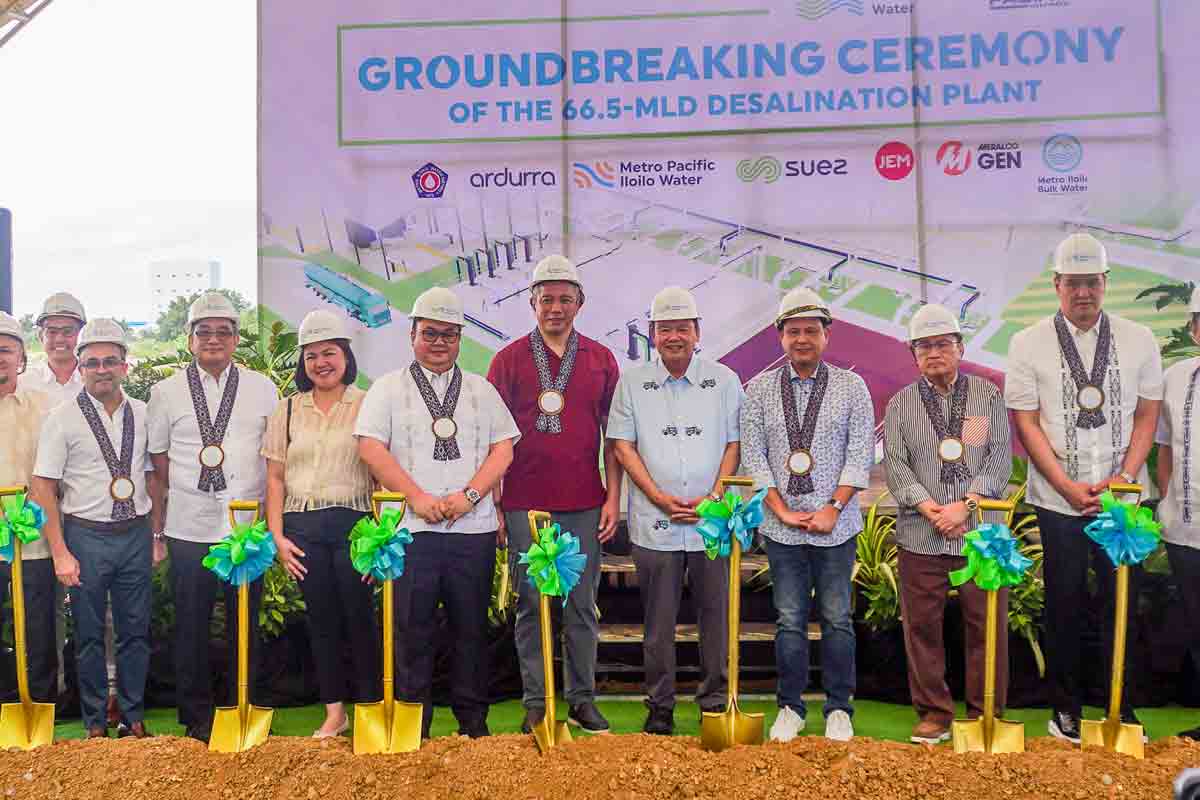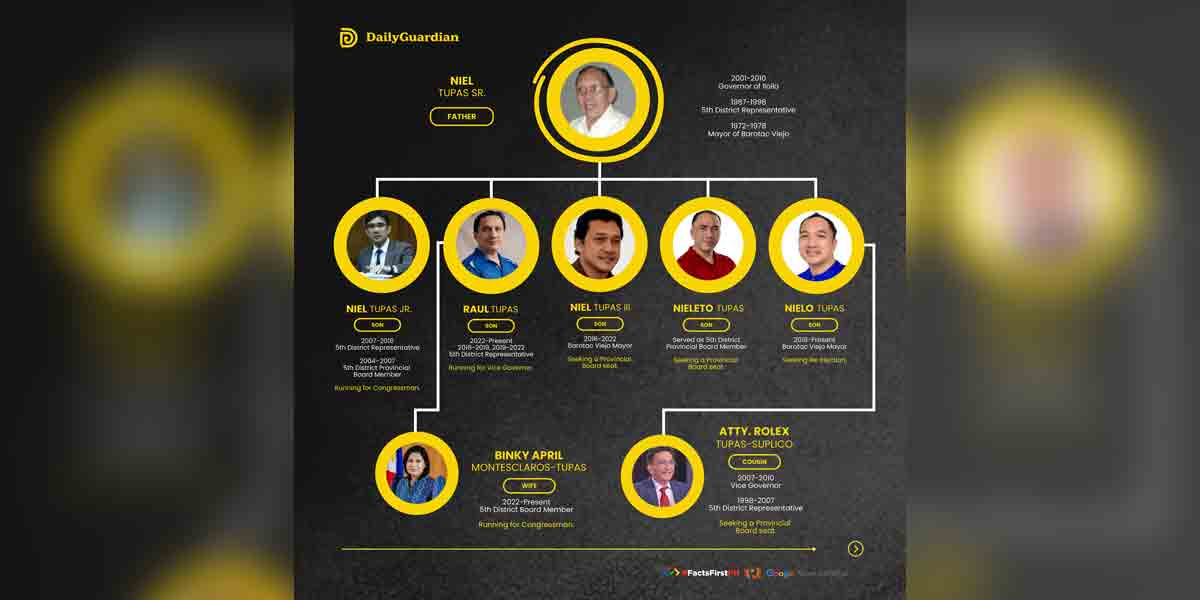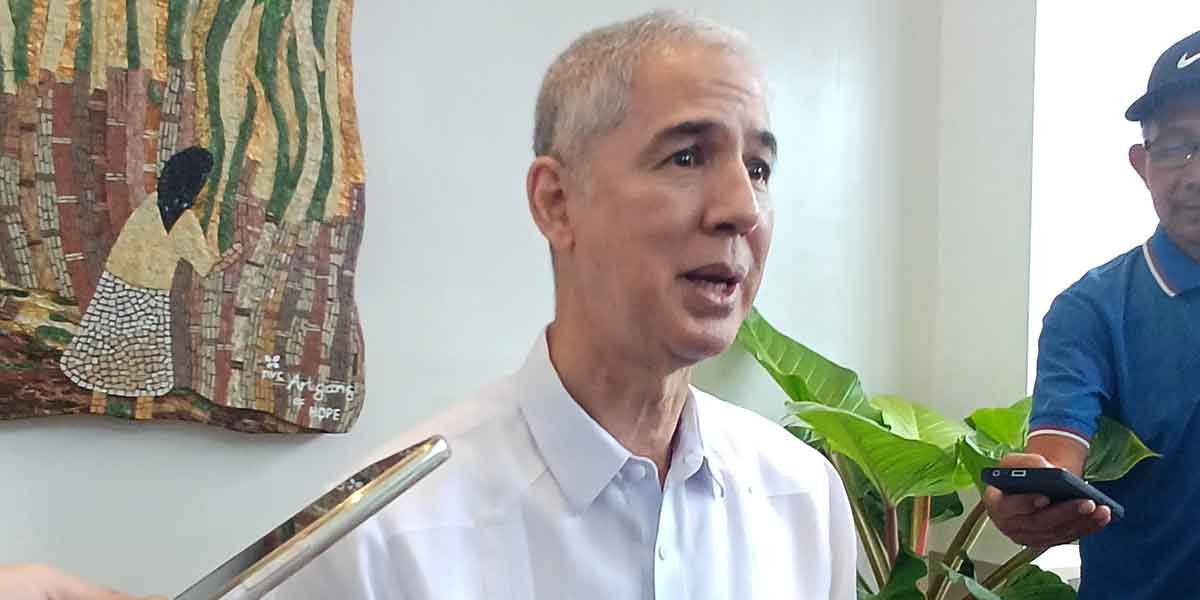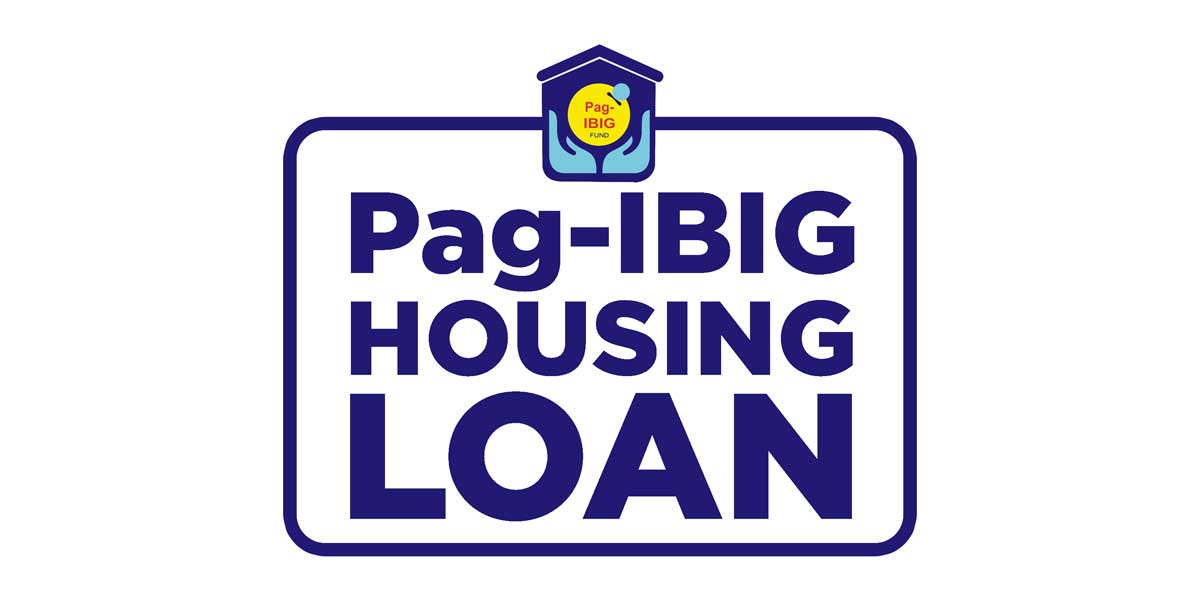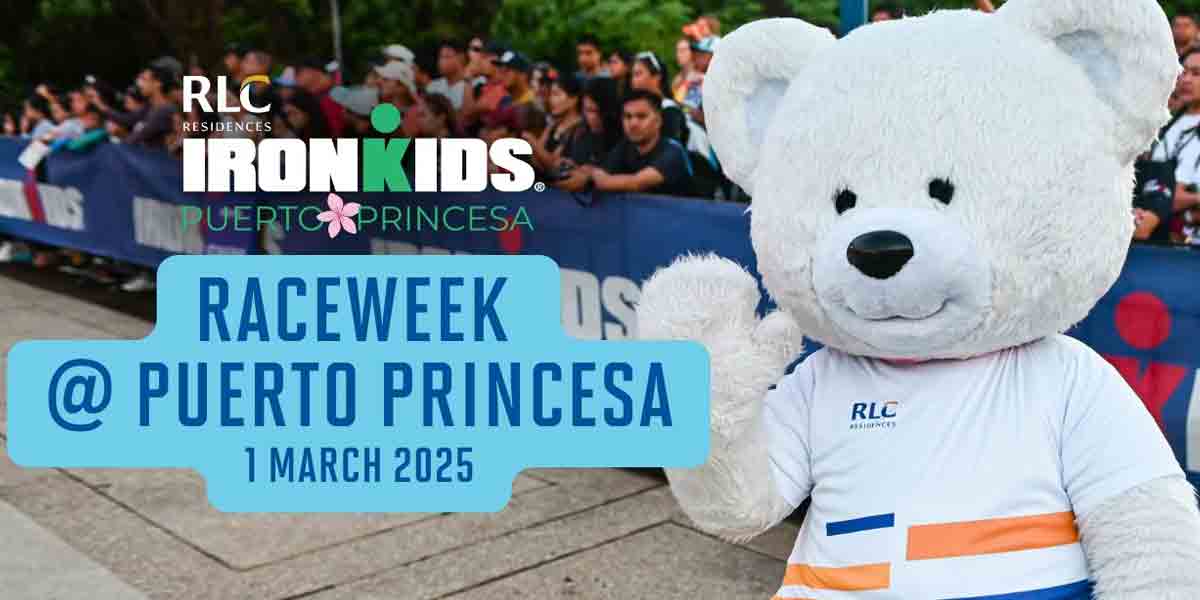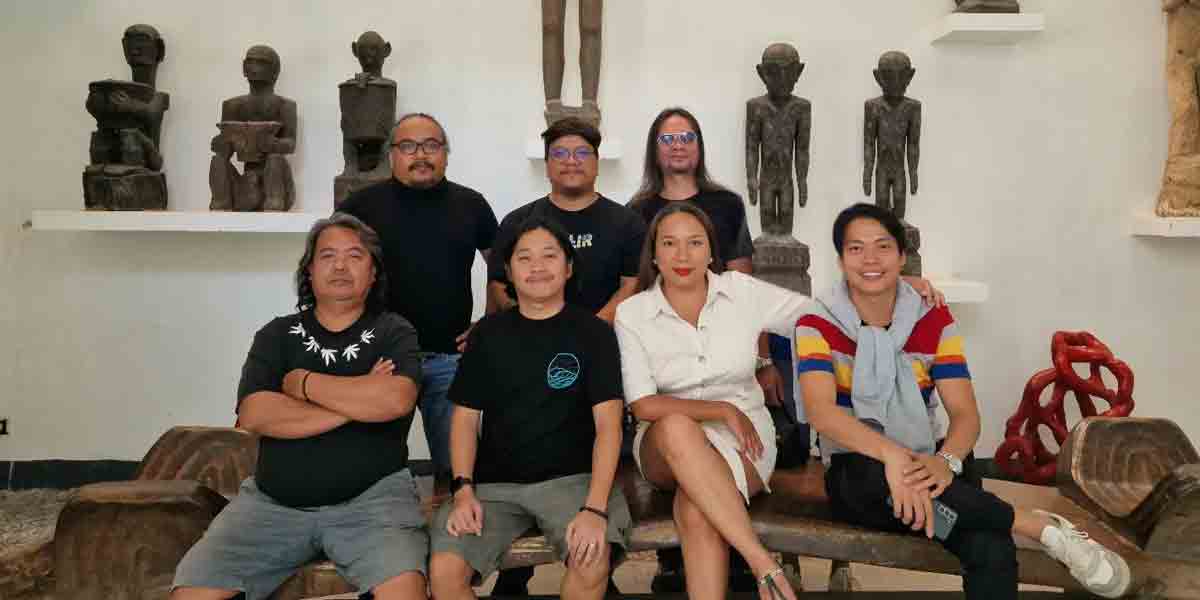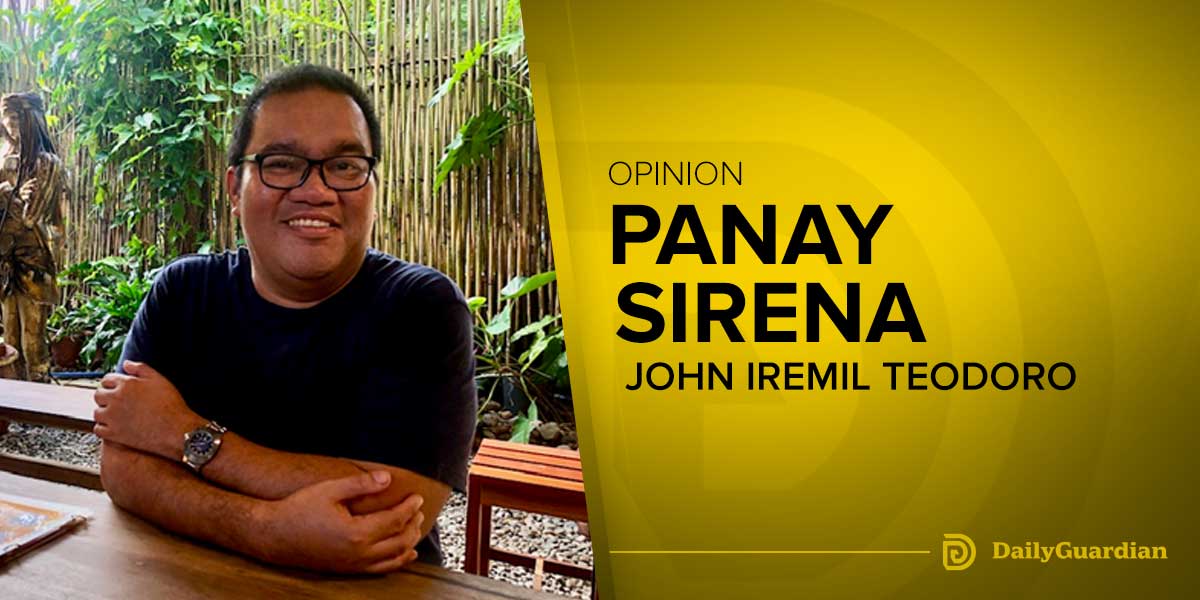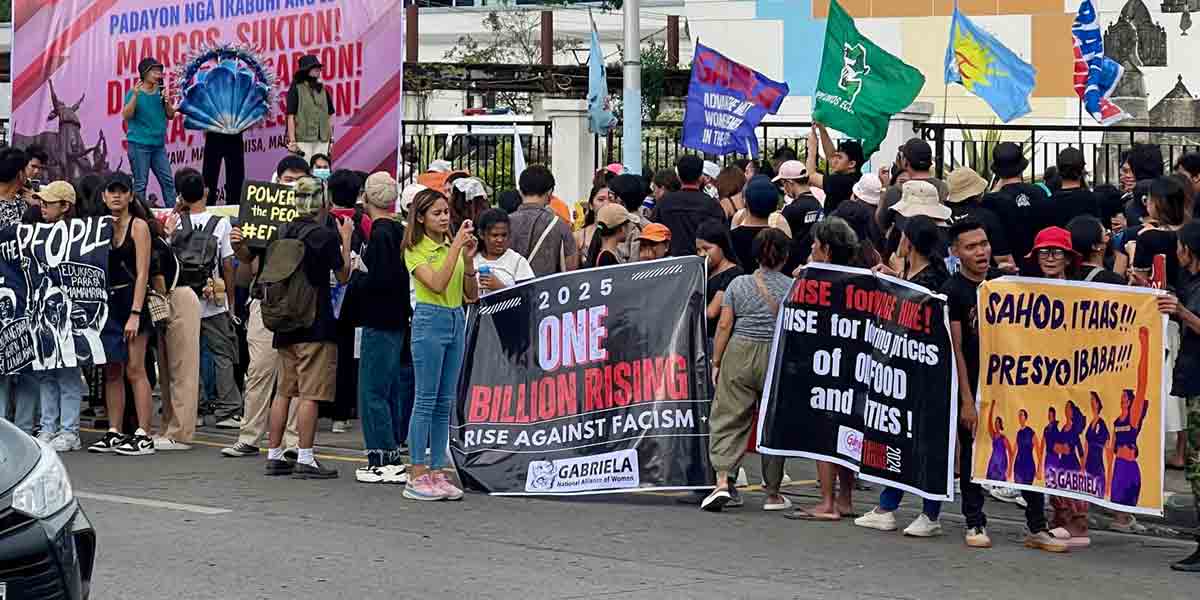By Noel Galon de Leon
Have you heard about the new reading and literacy initiative launched by the National Museum of the Philippines – Western Visayas (NMP-WV)? Basa Ta! A Reading Program for Pre-School Learners of Iloilo was introduced last year in collaboration with the Iloilo Provincial Library and Archives, with the explicit aim of fostering early literacy among young Ilonggos. According to NMP-Iloilo’s official Facebook page, this initiative is a monthly activity designed to align with the reading programs of the National Book Development Board (NBDB) through its Book Nook projects. At the same time, it serves as a platform to introduce young readers to Filipino authors of children’s literature, ensuring exposure to narratives that reflect their cultural heritage and lived experiences.
What makes this initiative particularly promising is the dedicated team behind it. I personally know several individuals working tirelessly to bring this project to life, and I hold them in high regard as cultural advocates who have long championed literacy and heritage appreciation in Iloilo. Figures such as Mayin De Los Santos, Phillippe Angelo Hinosa, and Allana Delgado bring both expertise and passion to this endeavor, ensuring that it not only thrives but also leaves a lasting impact on the community.
As a writer and a reading advocate, I believe that initiatives like this deserve our full support. Investing in children’s reading habits is, ultimately, an investment in the nation’s future. More importantly, such programs remind us that literacy promotion is a shared responsibility, one that requires the collective efforts of educators, cultural workers, and the broader community. This is precisely why I have chosen to write this column: to examine key aspects that, if addressed, could make Basa Ta! even more meaningful for young Ilonggos, who are, after all, its primary beneficiaries.
One of the first aspects that merits reconsideration is the program’s title. Instead of Basa Ta!, I propose the revision Magbása Kità!, a title that is not only linguistically precise but also more aligned with the initiative’s objectives. Given that the project is aimed at children, careful attention must be paid to language use. In particular, the inclusion of stress marks (tuldík) in words like basa and kita is crucial, as these words have multiple meanings depending on pronunciation, especially when presented without context. If NMP-Iloilo were to adopt my suggested title, it should be written as Magbása Kità!, with stress marks on bása (to read) and kità (inclusive we), to prevent misinterpretation. Without these marks, basa might erroneously be read as basâ (wet), and kita could be misinterpreted as financial earnings.
As a language teacher, I emphasize the importance of stress marks, particularly for certain words in Hiligaynon and even in Filipino when clarity is required. Some may argue that these diacritical marks make text visually cluttered, but there is no better way to ensure correct pronunciation and comprehension. This is especially critical in a literacy initiative targeting young readers, where clarity and precision should never be compromised.
I propose replacing Ta with Kita to more accurately convey the inclusive sense of “we,” aligning with the linguistic nuances of Hiligaynon. This mirrors the approach taken by Magsugilanonay Kita, an important initiative by Hubon Manunulat that engages writers, children’s literature scholars, teachers, and parents in discussions on mother tongue development in Western Visayas. The shift from Ta to Kita is not a mere stylistic preference but a matter of linguistic accuracy, ensuring that the program’s message is aligned with its intended audience.
While I acknowledge that NMP-Iloilo may have opted for Ta (which, grammatically, should be written as ’Ta) for smoother pronunciation, Kita remains the more appropriate term in formal contexts, especially in an educational setting. Even authoritative linguistic sources, such as Jose A. Yap’s dictionary, Kapulongan of Sumakwelan Iloilo and the Bokabularyong Traylingguwal by Agnes and Alain Russ Dimzon, identify Kita as the more suitable term for “we” in formal usage. Moreover, the omission of the apostrophe in Ta further complicates its meaning, and without stress marks, Basa Ta! risks being read with unintended pronunciations, which could distort its intended message. By adopting Magbása Kità!, the program not only clarifies its purpose but also reinforces a stronger linguistic and cultural identity.
Beyond refining the program’s title, it is imperative for NMP-Iloilo to address broader concerns, particularly those related to copyright, intellectual property rights, and ethical content-sharing in the digital age. While the impulse to document and promote literacy initiatives through social media is understandable, the uncritical dissemination of materials without proper attribution undermines the very principles that such programs seek to uphold. The credibility and integrity of literary advocacy rest on a foundation of respect for creators, publishers, and cultural workers whose contributions sustain the ecosystem of reading and literacy.
A prevailing challenge in literacy initiatives is the casual uploading of videos and educational content without securing permission from the original creators. While the desire to share knowledge is commendable, this practice often disregards the intellectual property rights of writers, illustrators, and publishers, especially when their works are still commercially available. Institutions engaged in literacy promotion must model ethical practices by securing permissions before publicly sharing materials in new formats, such as recorded storytelling sessions. In an era of instant digital communication, securing consent has never been easier. Messaging platforms and email provide direct channels for reaching out to authors and publishers. Upholding this professional standard fosters a culture of accountability and ensures the sustainability of literary production by supporting the livelihood of content creators.
Equally crucial is the conscientious curation and presentation of children’s literature on social media. Expressions of gratitude for literary works should always acknowledge the primary contributors, authors, illustrators, and publishers. Translators must also be credited, particularly for picture books where text and visuals are inseparable. A frequent oversight in acknowledgments is the omission of illustrators, despite their important role in shaping the reading experience of children. Beyond attribution, institutions like NMP-Iloilo can further support authors and publishers by providing purchase links, ensuring that promotion translates into tangible benefits for those producing these works.
While advocating for Filipino literature is valuable, NMP-Iloilo must take a more critical stance in curating books for Ilonggo children. The institution has a unique opportunity, and indeed, a responsibility, to prioritize works written in Hiligaynon, Kinaray-a, and Aklanon. These languages represent the linguistic and cultural heritage of Western Visayas, yet they remain underrepresented in institutional reading programs. Imagine the impact if NMP-Iloilo dedicated an entire year to featuring children’s books written in Hiligaynon, an initiative yet to be undertaken by any government agency. Given that numerous national organizations already champion literature in English and Filipino, it is only fitting that NMP-Iloilo carve out a space for regional languages, thereby affirming their value in both educational and cultural discourse.
The challenge for NMP-Iloilo is not merely to promote children’s literature but to make its programming more dynamic and sustainable. Inviting public figures, child readers, or even drag performers to creatively bring stories to life could enhance engagement. Featuring books that highlight the narratives of persons with disabilities (PWDs) and involving parents as storytelling participants could further enrich the initiative. More importantly, collaboration with education specialists could transform Basa Ta! from a passive listening activity into a participatory learning experience.
I fully support this initiative and commend the dedication of those leading it. However, for Basa Ta! to serve as a sustainable model for other museums in Western Visayas, it requires institutional backing beyond temporary programming. I urge the Iloilo local government to allocate funding for the acquisition of new children’s books that reflect the region’s cultural identity. Such investments would ensure that local literature continues to thrive, fostering a generation of readers who see their own languages and stories represented in the books they grow up with.
***
Noel Galon de Leon is a writer and educator at University of the Philippines Visayas, where he teaches in both the Division of Professional Education and U.P. High School in Iloilo. He serves as an Executive Council Member of the National Commission for Culture and the Arts-National Committee on Literary Arts.

